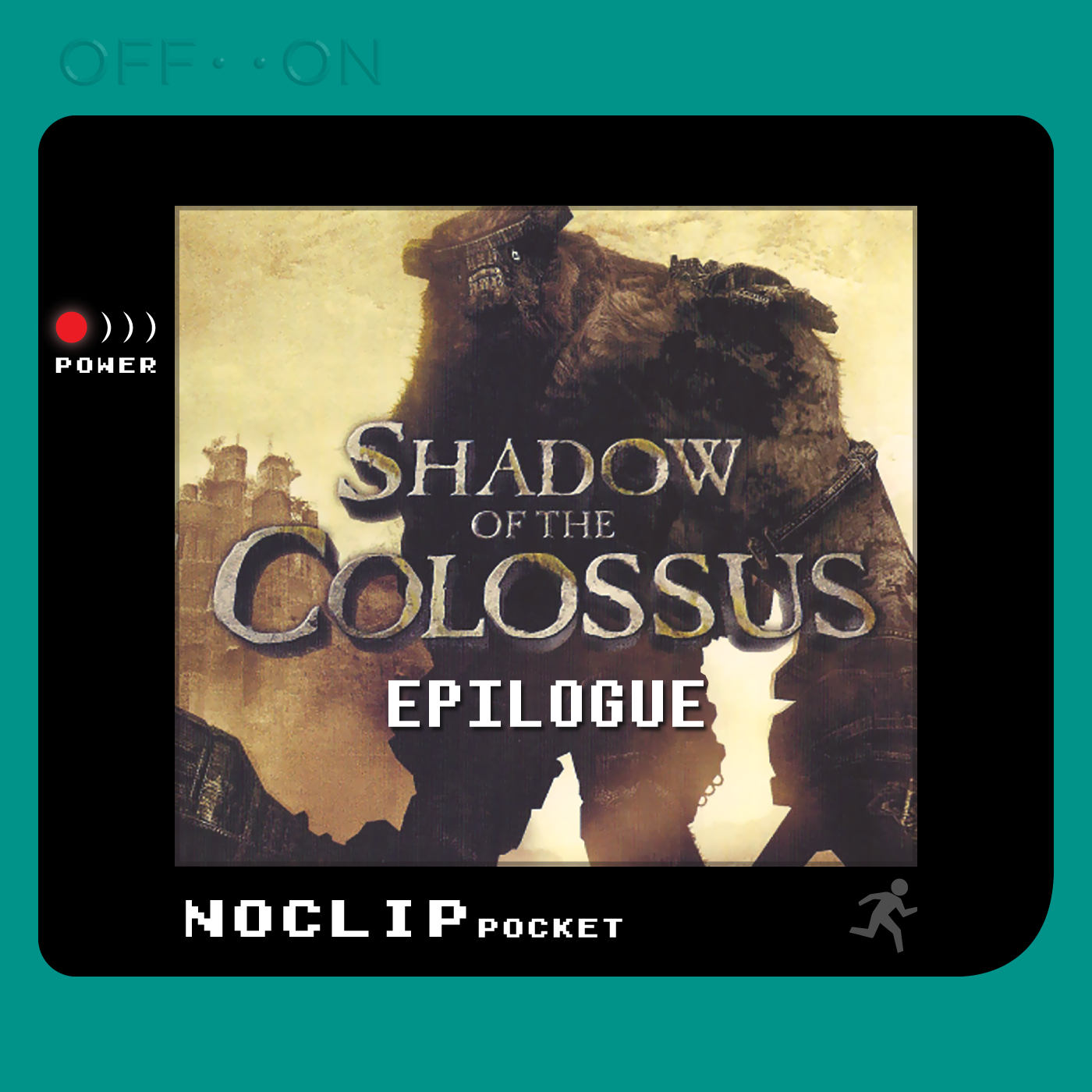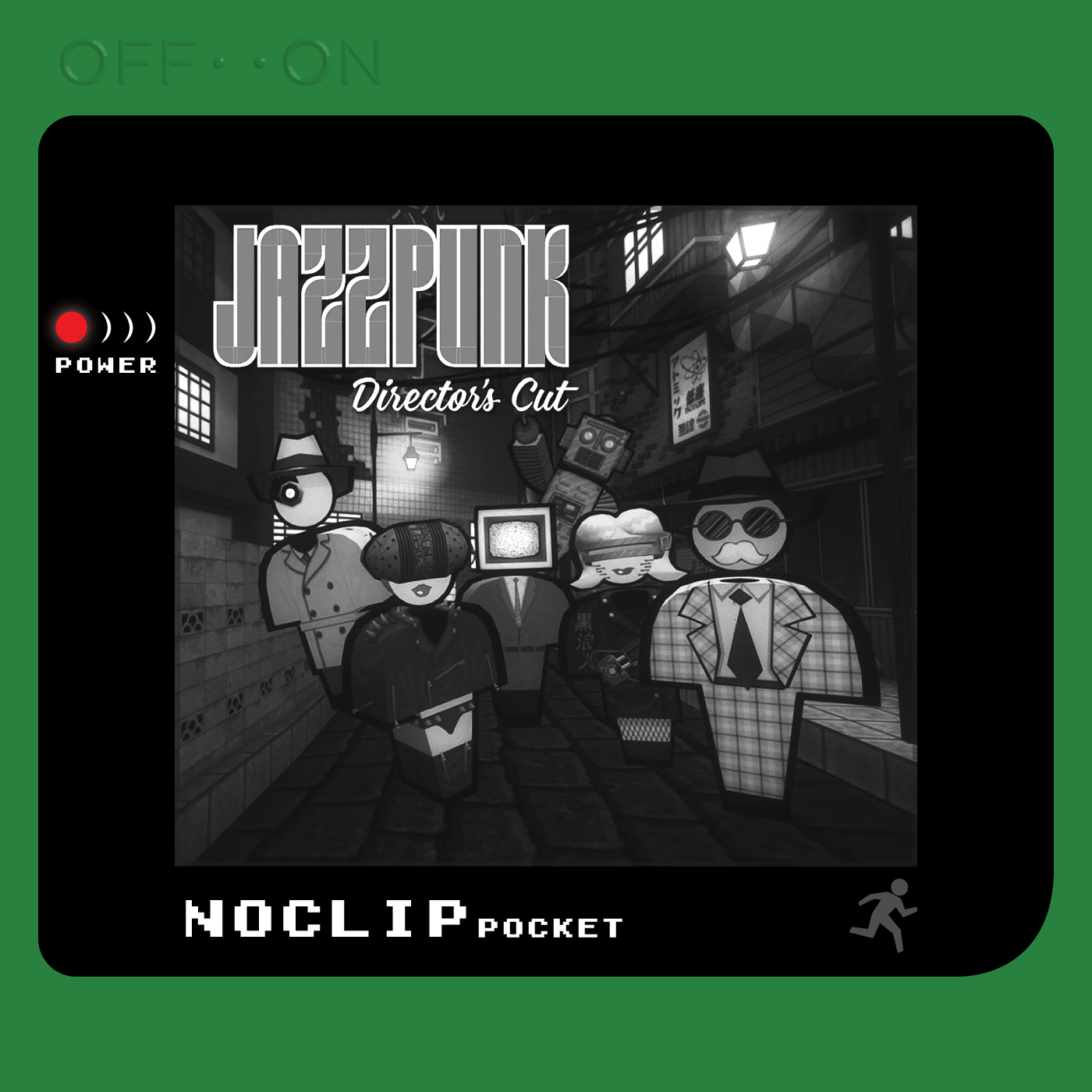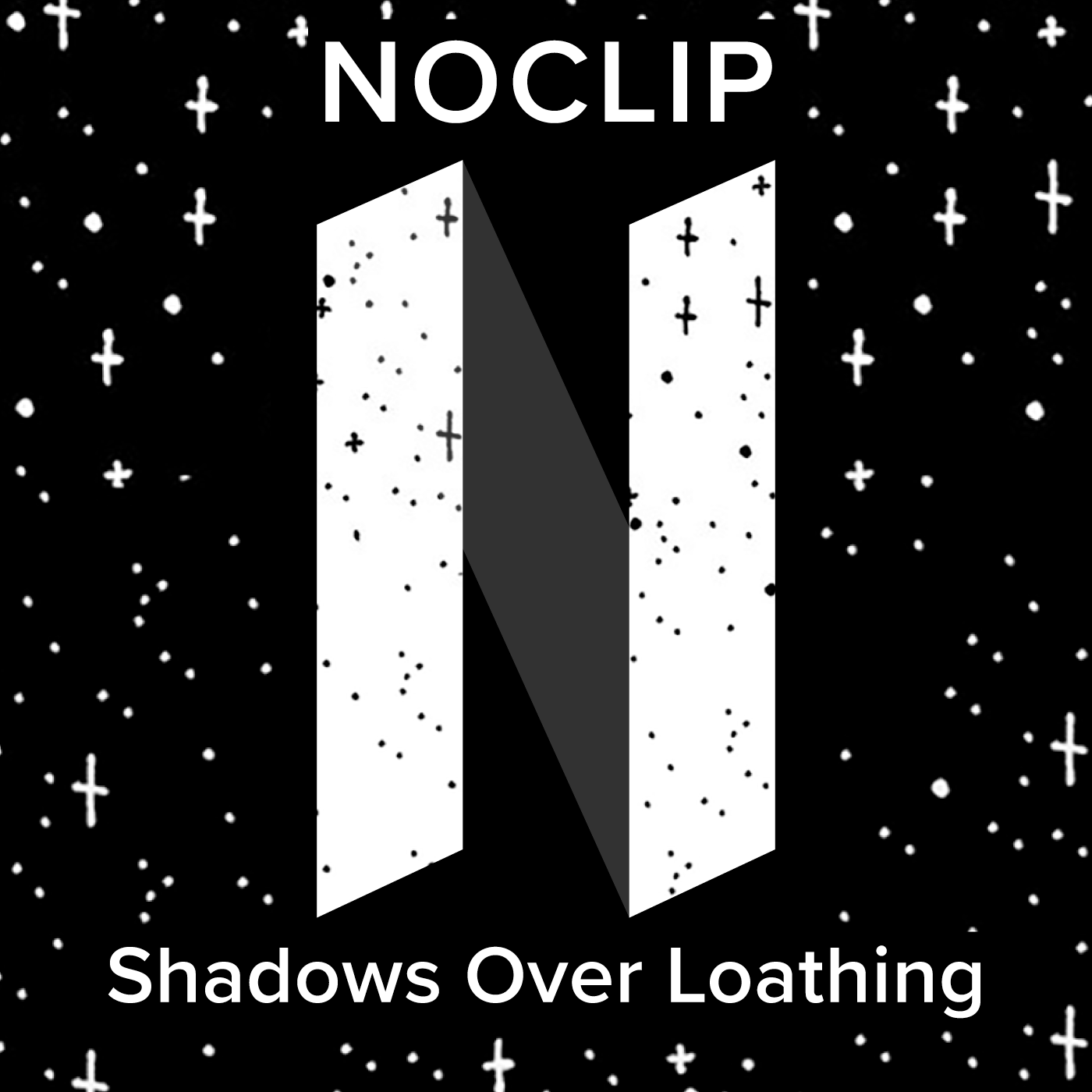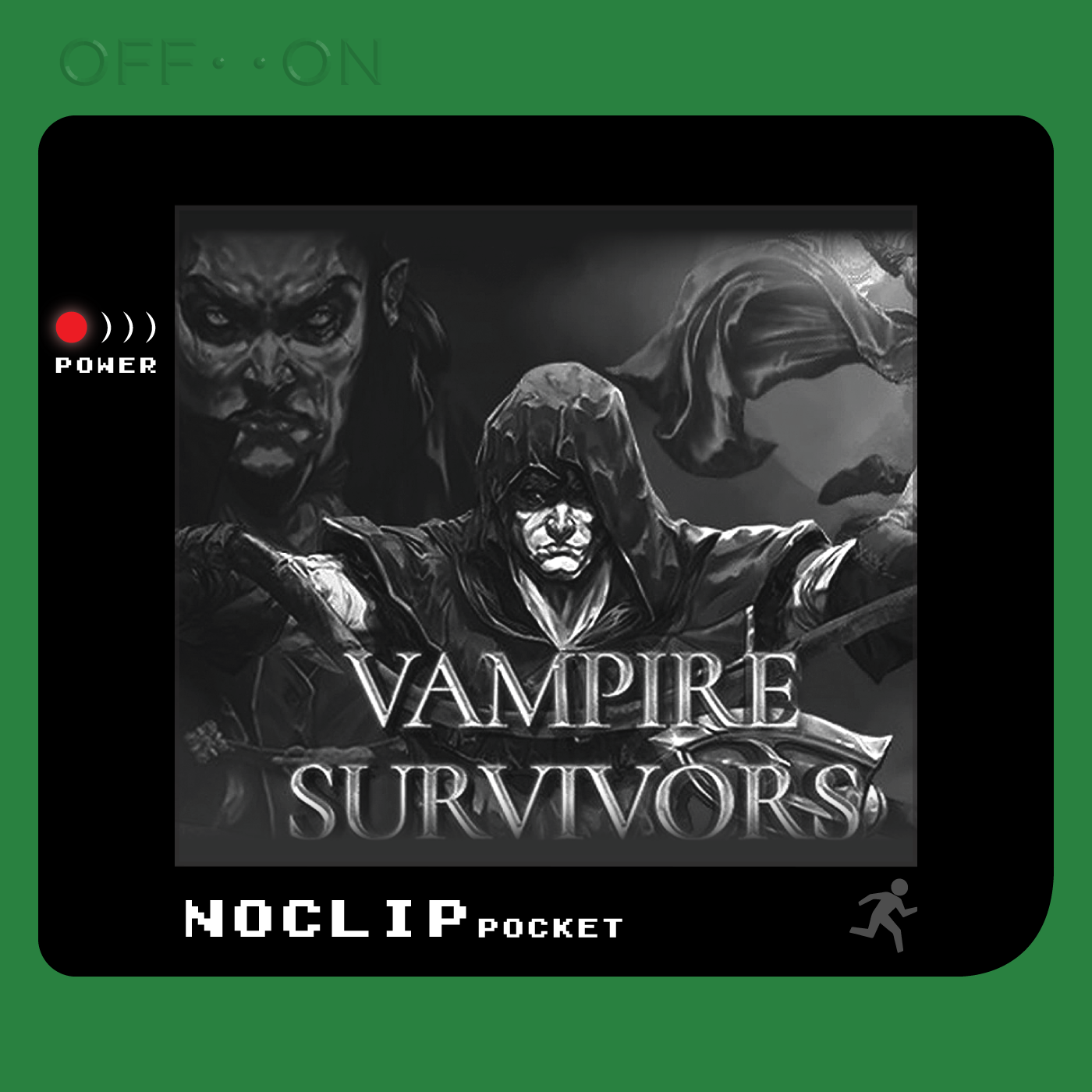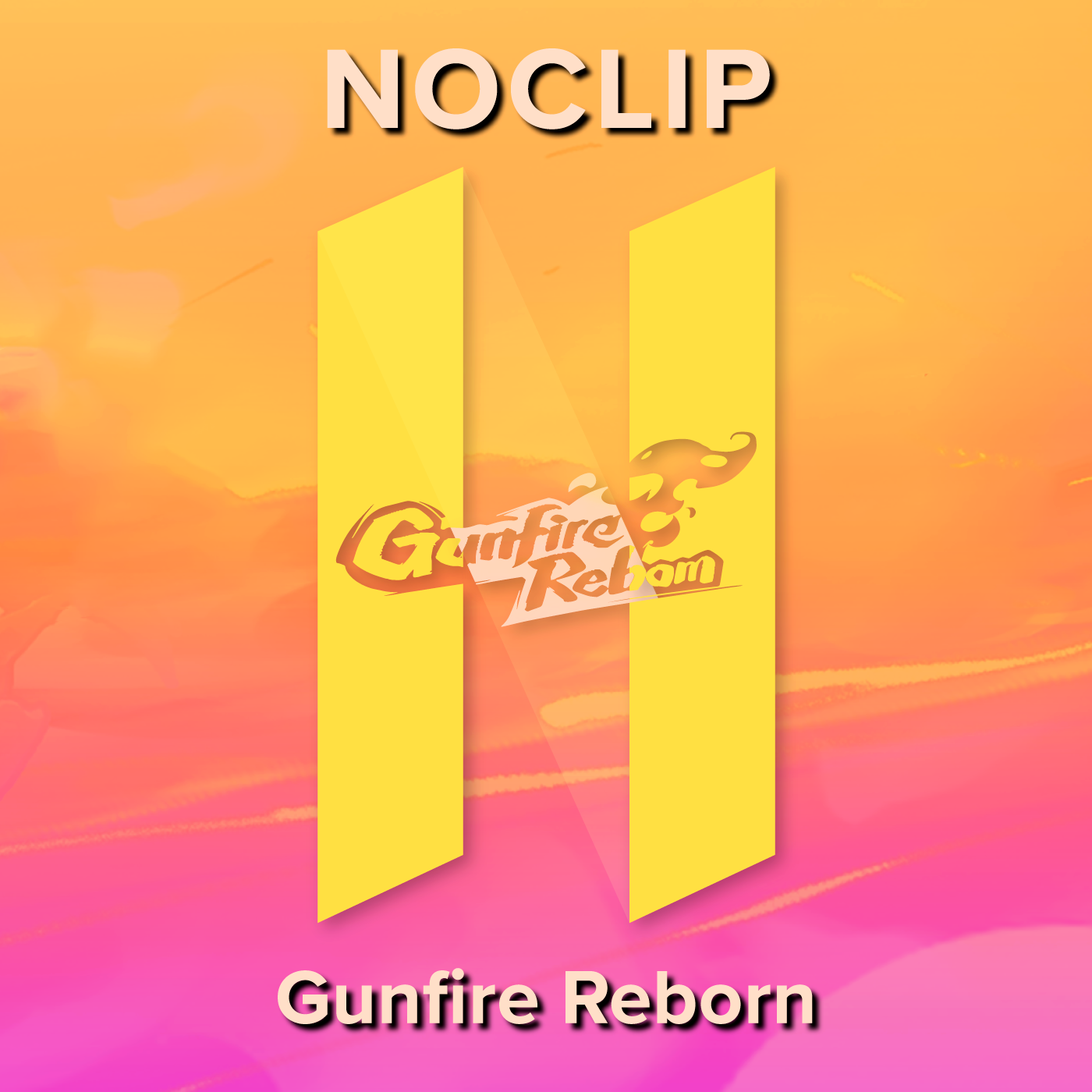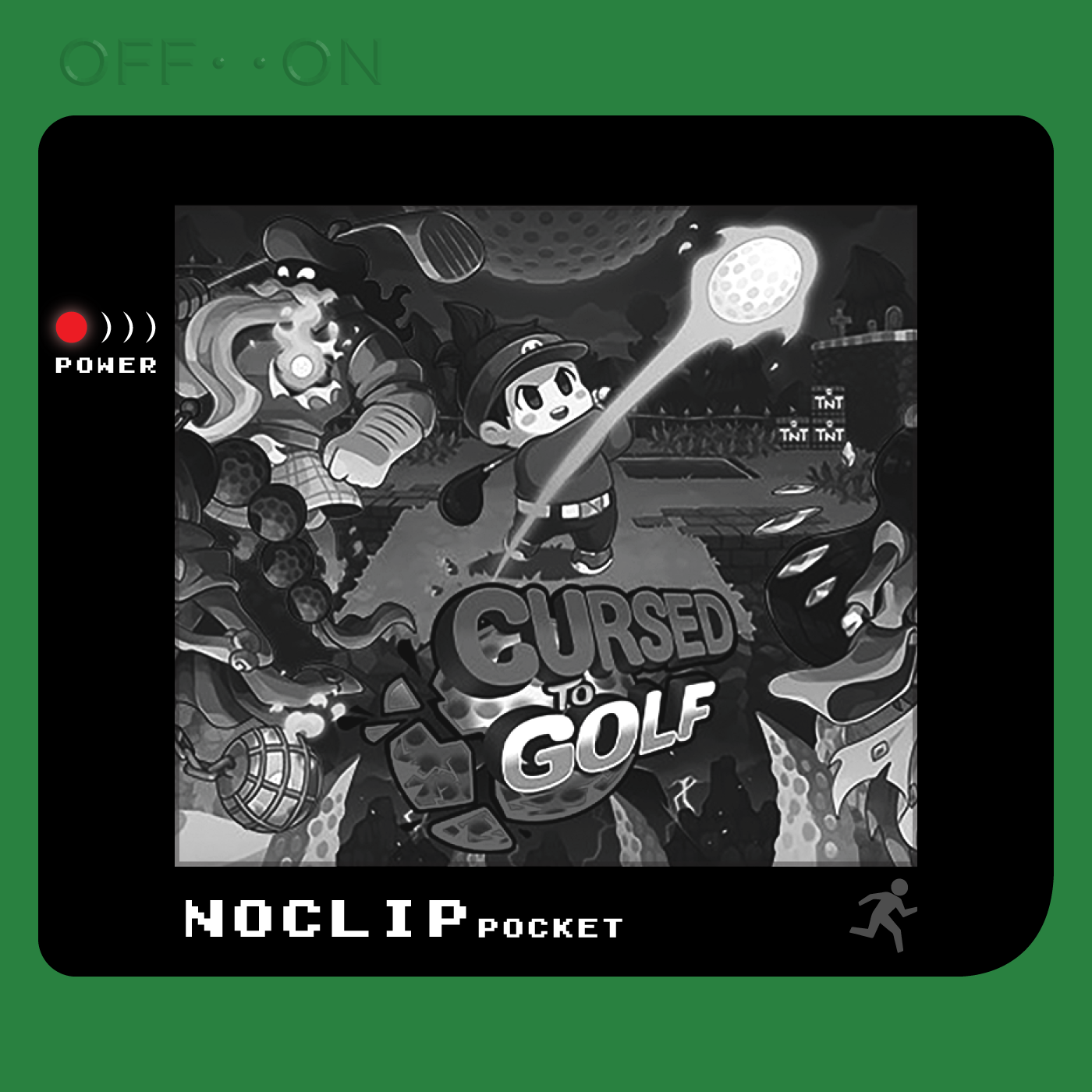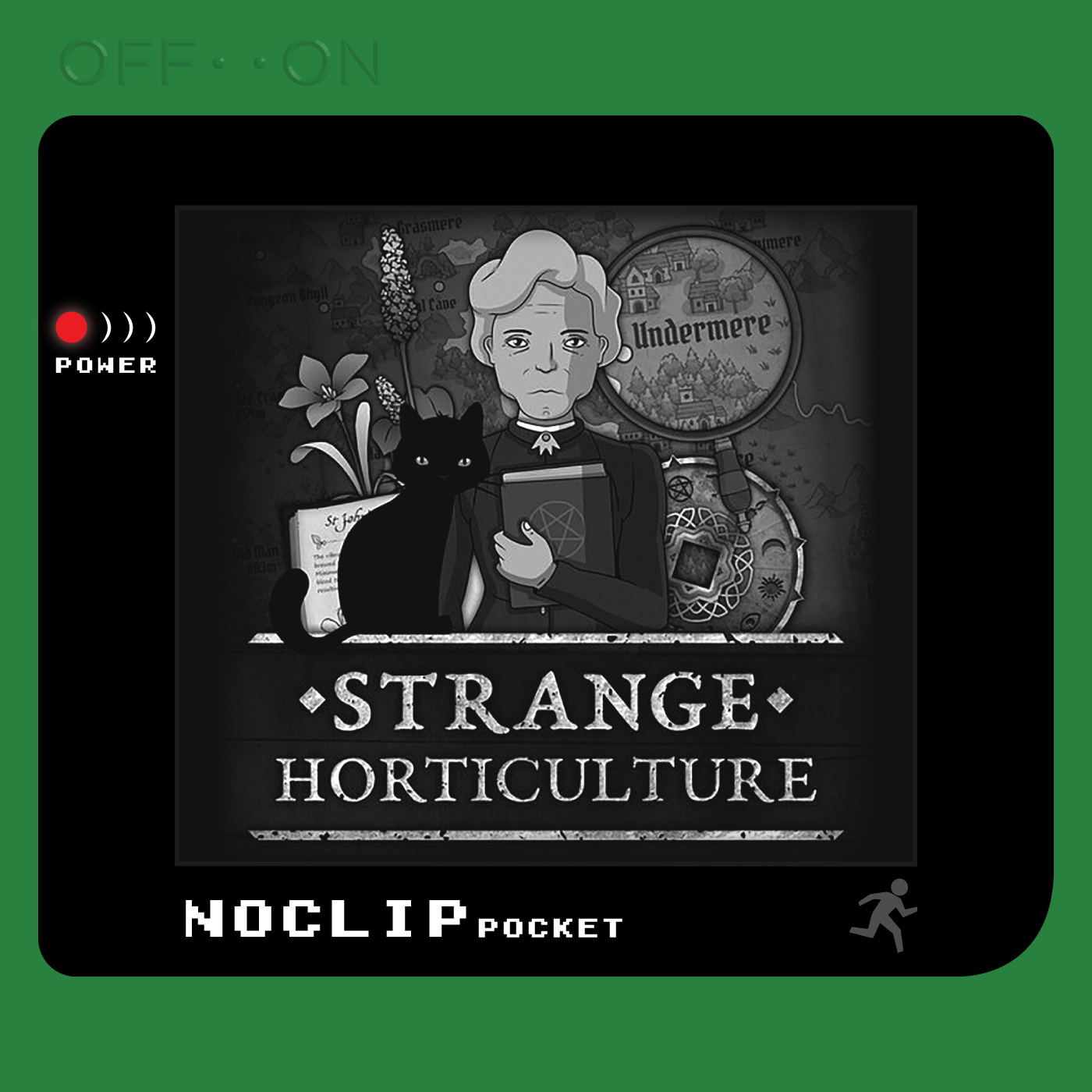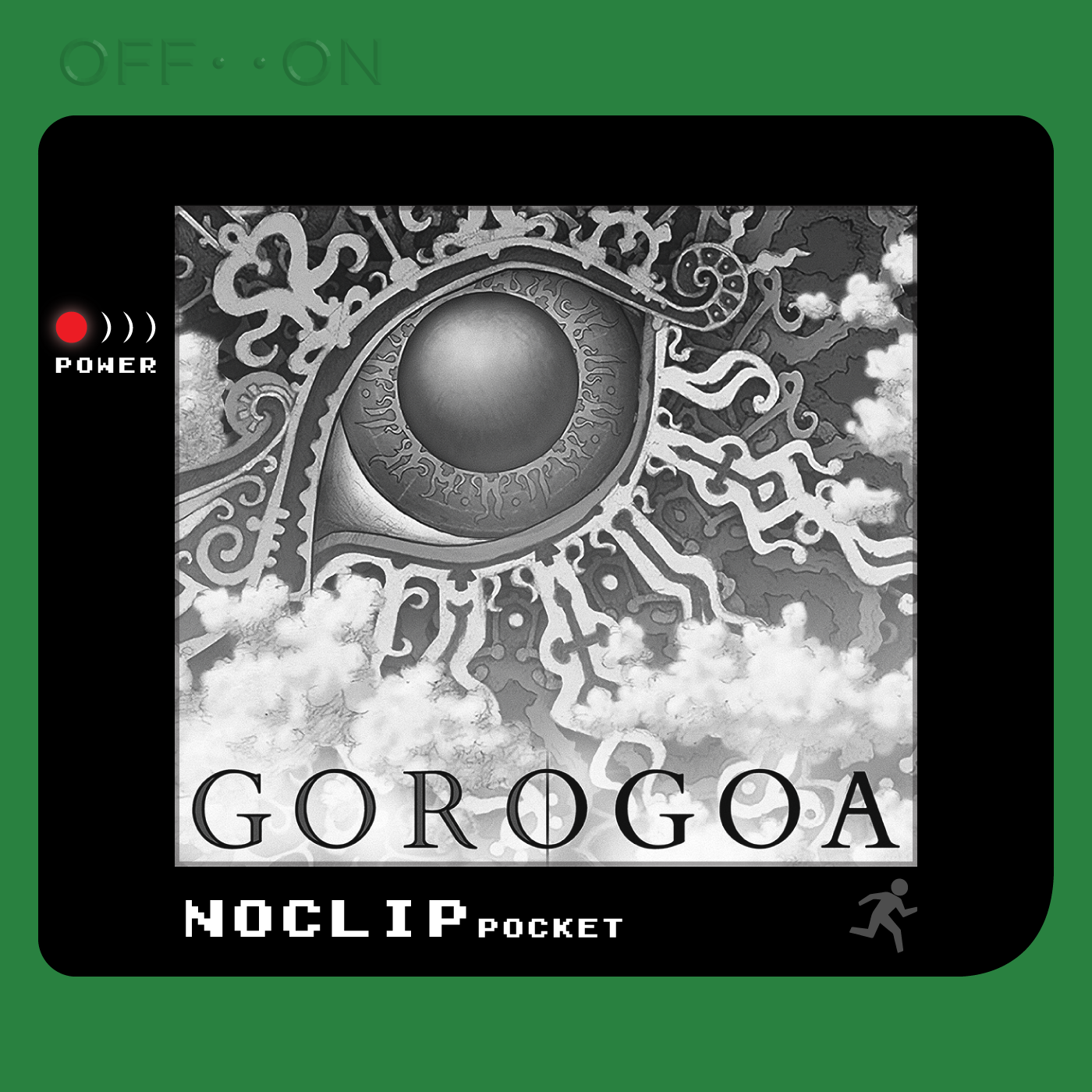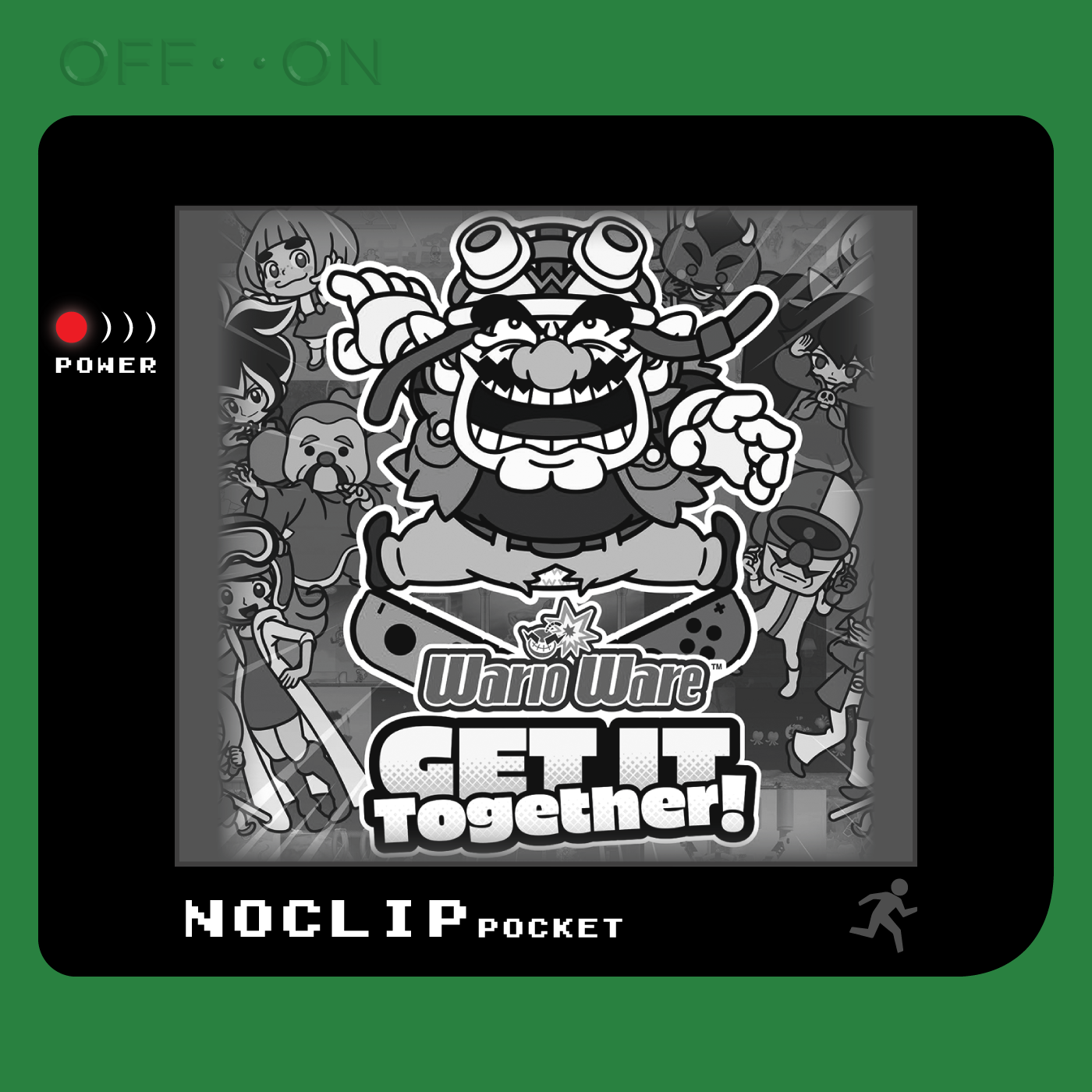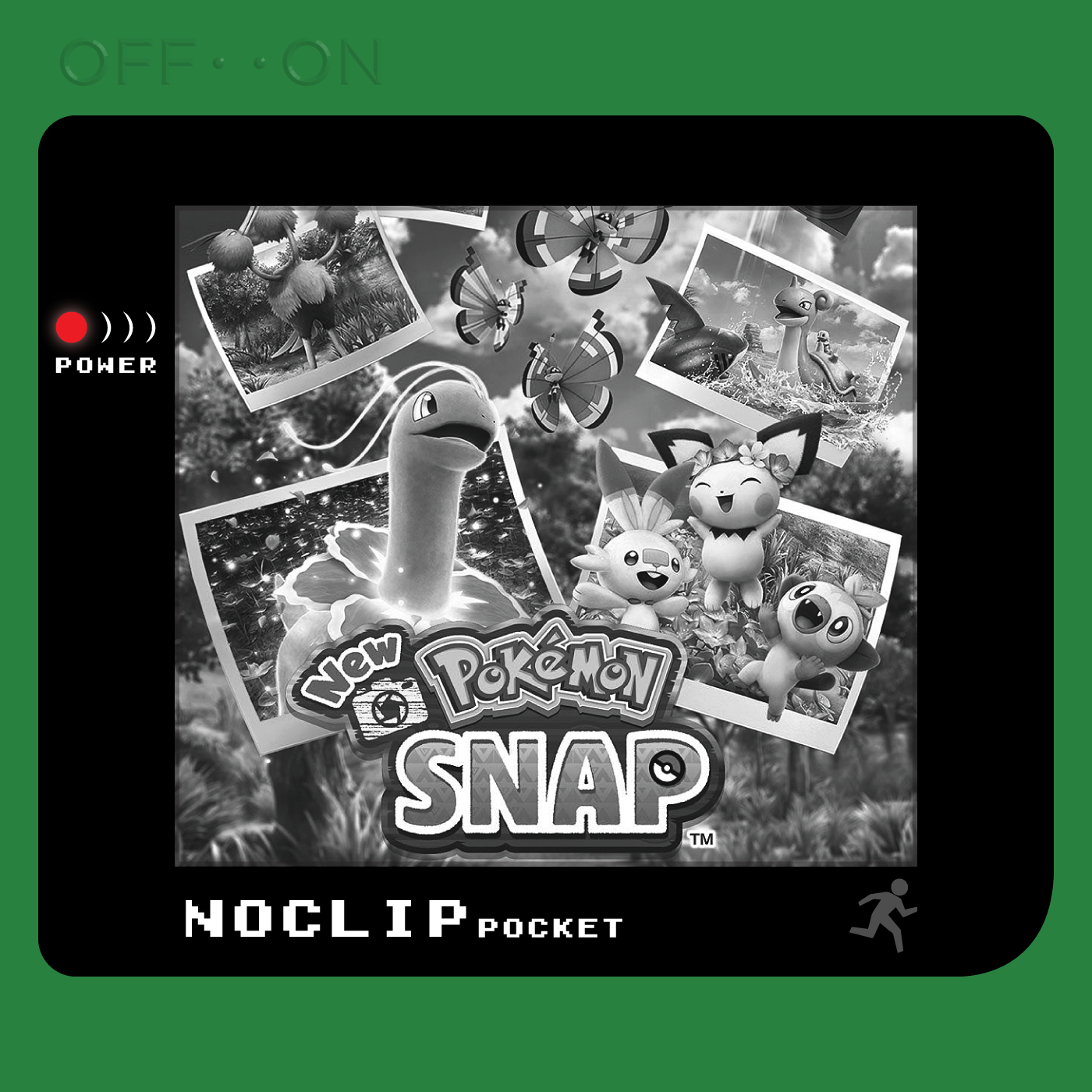Podcasts that are once lost cannot be reclaimed.
Welcome to the very first (kind of) NOCLIP Epilogue! On this series, that we’ll come back to every once in a while, we’re going to be revising some of our earliest episodes to rehash our discussions but with more media literacy and higher quality audio. For our first formal entry in the series (not counting Undertale, which we did as a primer to the Deltarune series, which, you know, we’ll get back to at some point), we’re going to be covering Shadow of the Colossus, which was our second ever episode. Shadow, in case you’re somehow unaware, is the second game from Team Ico, and is loosely set in the same universe and has a similar visual and mood to Ico. There is a dour atmosphere over the whole game, with a plot centering around a character attempting to revive a dead woman, a mysterious masked man and his cadre of knights and a Godlike figure named Dormin who promises to help with the resurrection if we do a task for him. There’s an air of mystery around the entire process, from what you’re doing to the plot itself and even who the characters are, and this lack of certainty cements the atmosphere of the game as well as keeps the player on the hunt for clues, making the whole experience more intellectually stimulating in addition to its mechanical challenges. As for what you actually do, Shadow tasks you with taking down 16 enormous boss creatures by physically climbing all over them and attacking weak points. Your player character controls in what feels like a very fragile and imprecise way, making this task feel difficult and imposing. There’s a lot more to say about how the game mixes its themes and its mechanics, but that should be the gist if you aren’t already a fan, so listen to us unpack the rest of it in today’s episode. We’re going to be talking about the way everything from the world to your horse contributes to the overall themes of the game, we talk about the pacing of the game and its ambitions versus the game we really got, and we speculate on what Mono’s last will and testament probably had in it.
Thank you for joining us again this week, and for indulging us this nostalgic look back at one of our favorite games we covered. Hopefully the epilogue series continues to do what we intended, as I feel like even this shorter episode gets across what makes the game good better than we were able to do seven, almost eight, years ago. What did you think about this episode format? Do you have suggestions for other games we covered in the long-long ago for us to take another look at? Let us know over in our Discord or in the comments! Next time, we’re doing our first Mystery May pocket episode, which is a different style to previous years, and through a series of events that are unfortunate, we ended up being forced to do an immediate epilogue follow up on the worst game we’ve ever covered (debatably) in Rascal for the Playstation, so if you enjoy when we suffer, please join us then.


